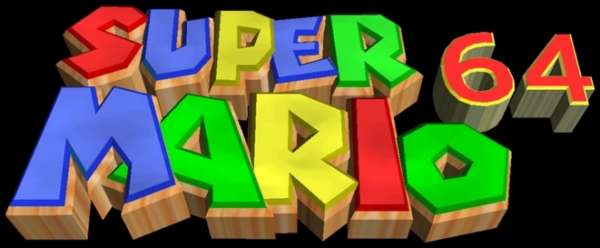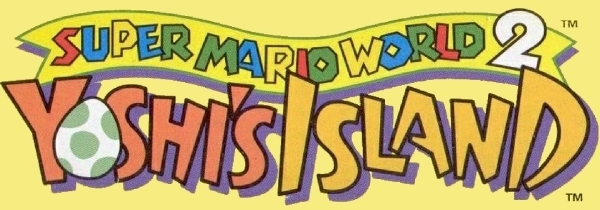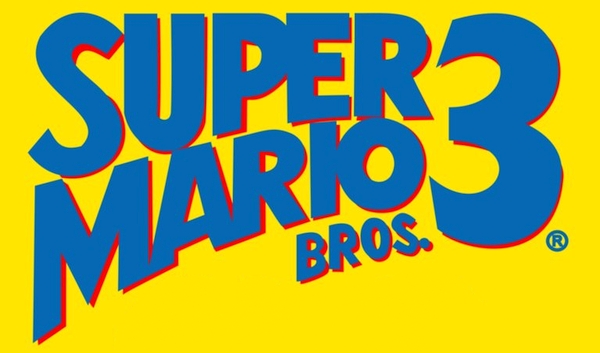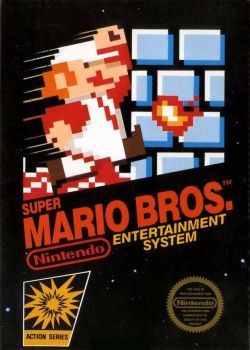 Just last month, Heritage Auctions sold a sealed copy of Super Mario Bros. for $114,000, which set a new record for the sale price of a single game. But what we didn’t know was that another sealed copy of the game had already been sold for $140,000 in a private sale a month before that.
Just last month, Heritage Auctions sold a sealed copy of Super Mario Bros. for $114,000, which set a new record for the sale price of a single game. But what we didn’t know was that another sealed copy of the game had already been sold for $140,000 in a private sale a month before that.
According to Ars Technica, that particular copy of Super Mario Bros. was purchased by Rally, a company that calls itself a “stock market of collectibles,” and what they plan to do with their new acquisition sounds wild.
Beginning next Friday, August 21, Rally will sell 3,000 “shares” in their copy of Super Mario Bros. for $50 apiece (which will raise the valuation of the game to $150,000). Like a publicly-traded stock, users can buy and sell those shares on the site’s marketplace, or cash out when an advisory board decides to sell the game to a collector.
In addition to the factory seal, this copy of Super Mario Bros. is nearly pristine, and has received a 9.8 A+ from Wata Games:
Still, Wata Games says this is one of only 14 factory-sealed copies of Super Mario Bros. it has seen among the so-called “hangtab” editions, which feature a hanger slot on the back that was removed from production lines around September 1987. Among that rarefied group, Wata says this is the “single highest graded sealed copy” it has seen, earning a 9.8/10 for box quality and a near-perfect A+ for the shrinkwrap seal on Wata’s scale.
“This is the first time that such an early print with a grade of 9.8 A+ has ever been offered for sale,” Wata Games President Deniz Kahn said in a statement. “This is the 1-of-1 highest graded copy of Super Mario Bros. in existence, considered by many collectors to be the ‘Holy Grail’ of the hobby. It’s the Action Comics #1 of video games.”
This is Rally’s first foray into purchasing collectible video games, but they’re excited for the chance to branch out from their previous focus on acquiring rare trading cards, watches, cars, and comic books.
“Over the last year or so we’ve heard from our members and have observed the industry grow, and it’s clear that there is a community that believes in both the financial and emotional value of these games and wants access to invest in them,” [Rally VP of Operations Fitz] Tepper told Ars Technica. “We’ve seen this demand from asset classes already on the platform, like sports memorabilia, trading cards, or collector cars and are now thrilled to add video games to that list.”
Tepper went on to say that this is just the first video game purchase Rally plans to make, and that the company is currently looking to obtain copies of The Legend of Zelda, Super Mario Bros. 3, Stadium Events, GoldenEye 007, and Halo: Combat Evolved as well.
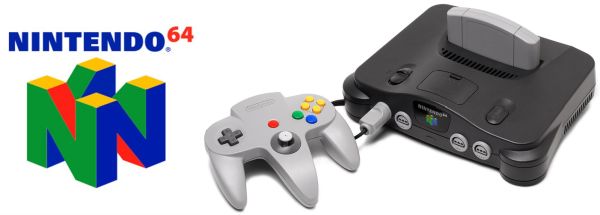

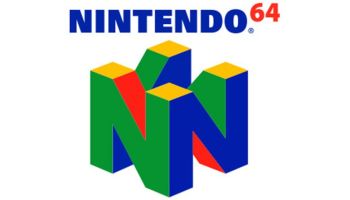
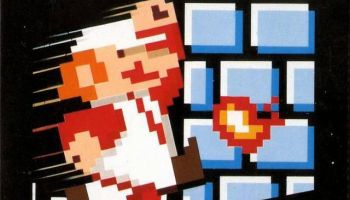
 Just last month, Heritage Auctions sold a sealed copy of Super Mario Bros. for
Just last month, Heritage Auctions sold a sealed copy of Super Mario Bros. for 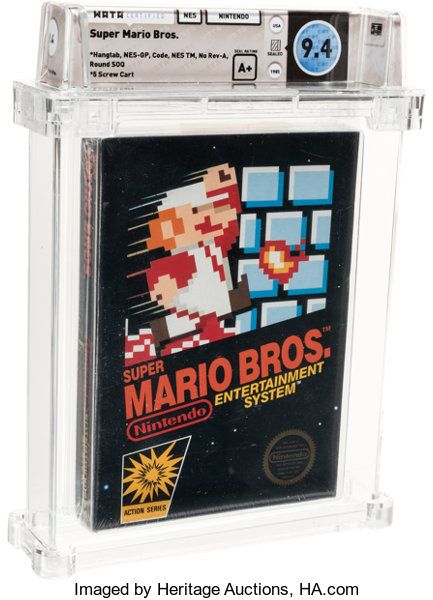
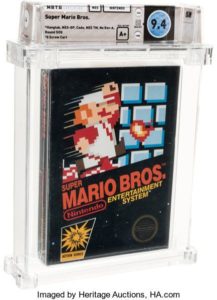
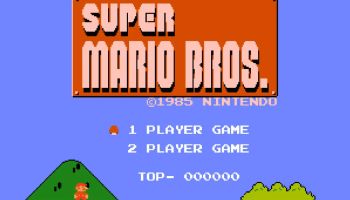
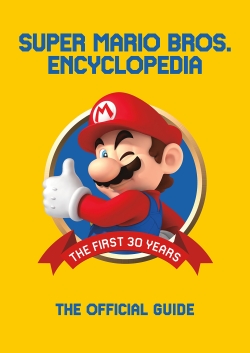 Do you know everything there is to know about Mario, Luigi, Princess Peach, and the rest of the Mushroom Kingdom? Would you like to?
Do you know everything there is to know about Mario, Luigi, Princess Peach, and the rest of the Mushroom Kingdom? Would you like to?